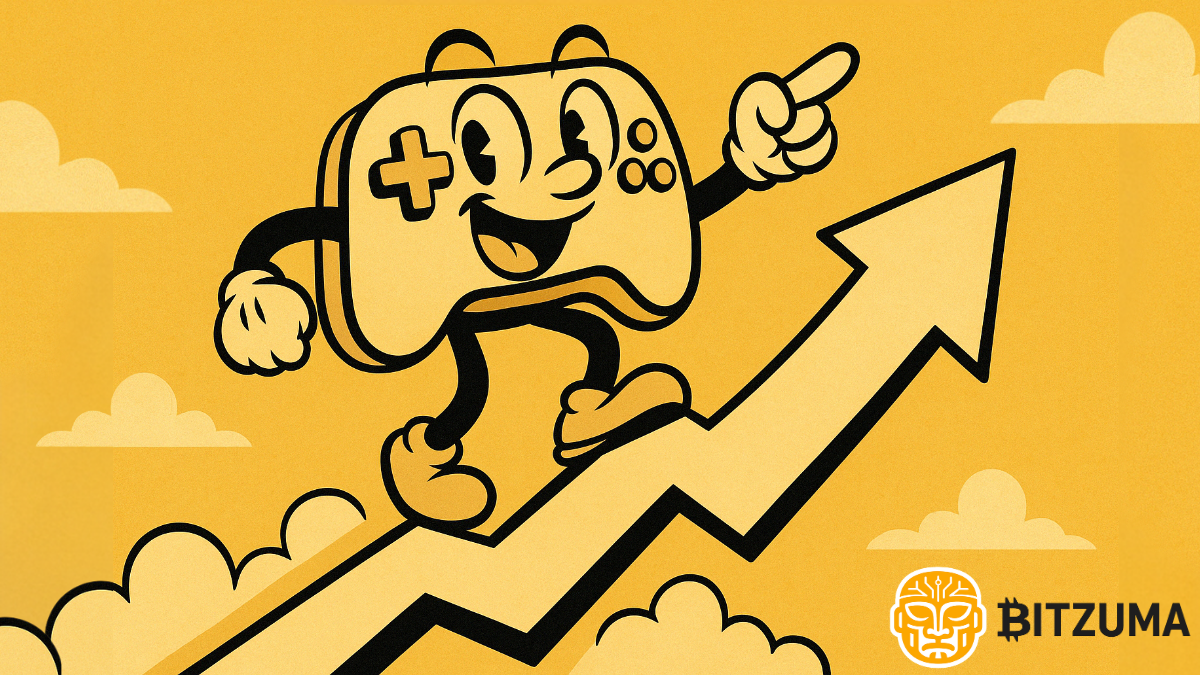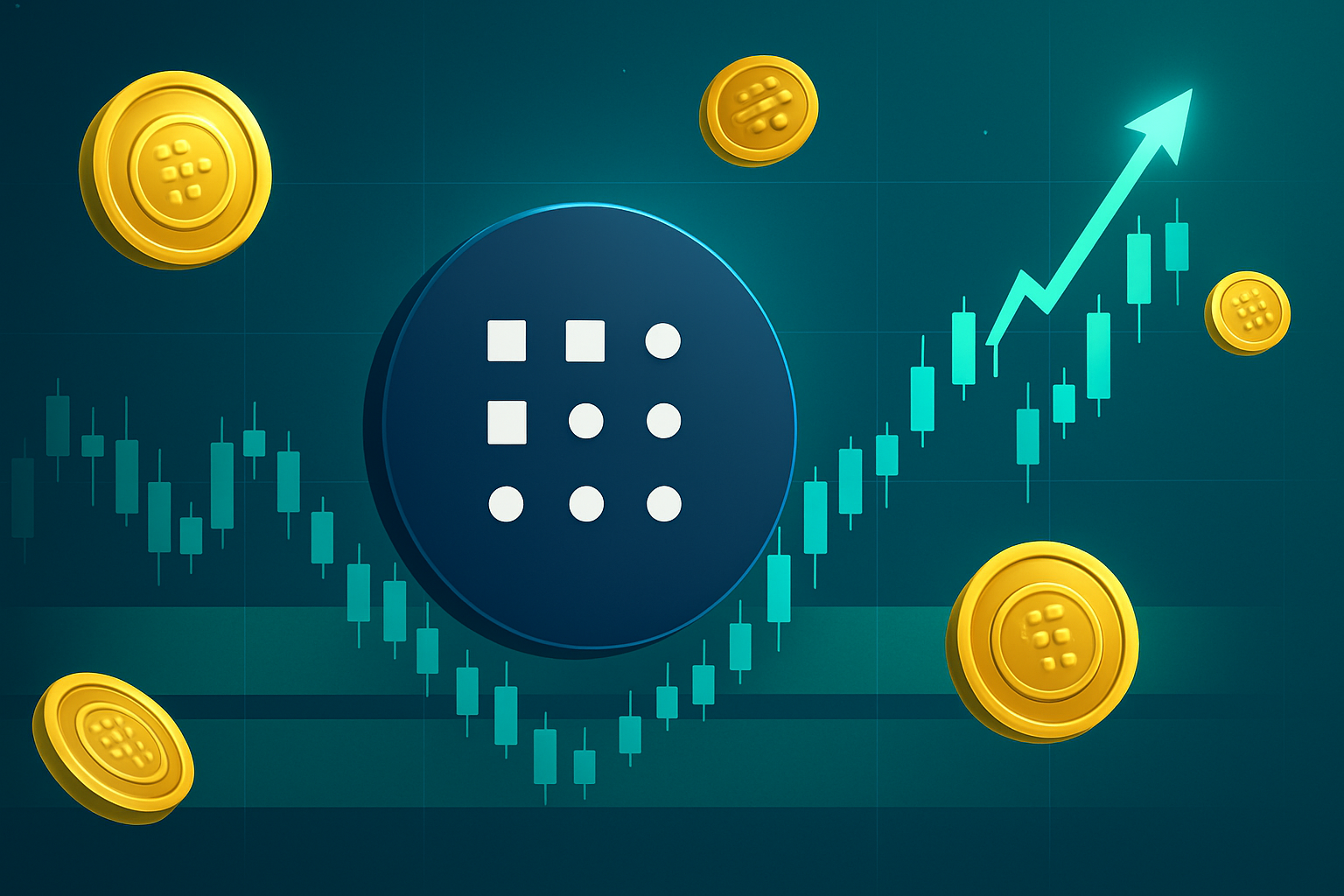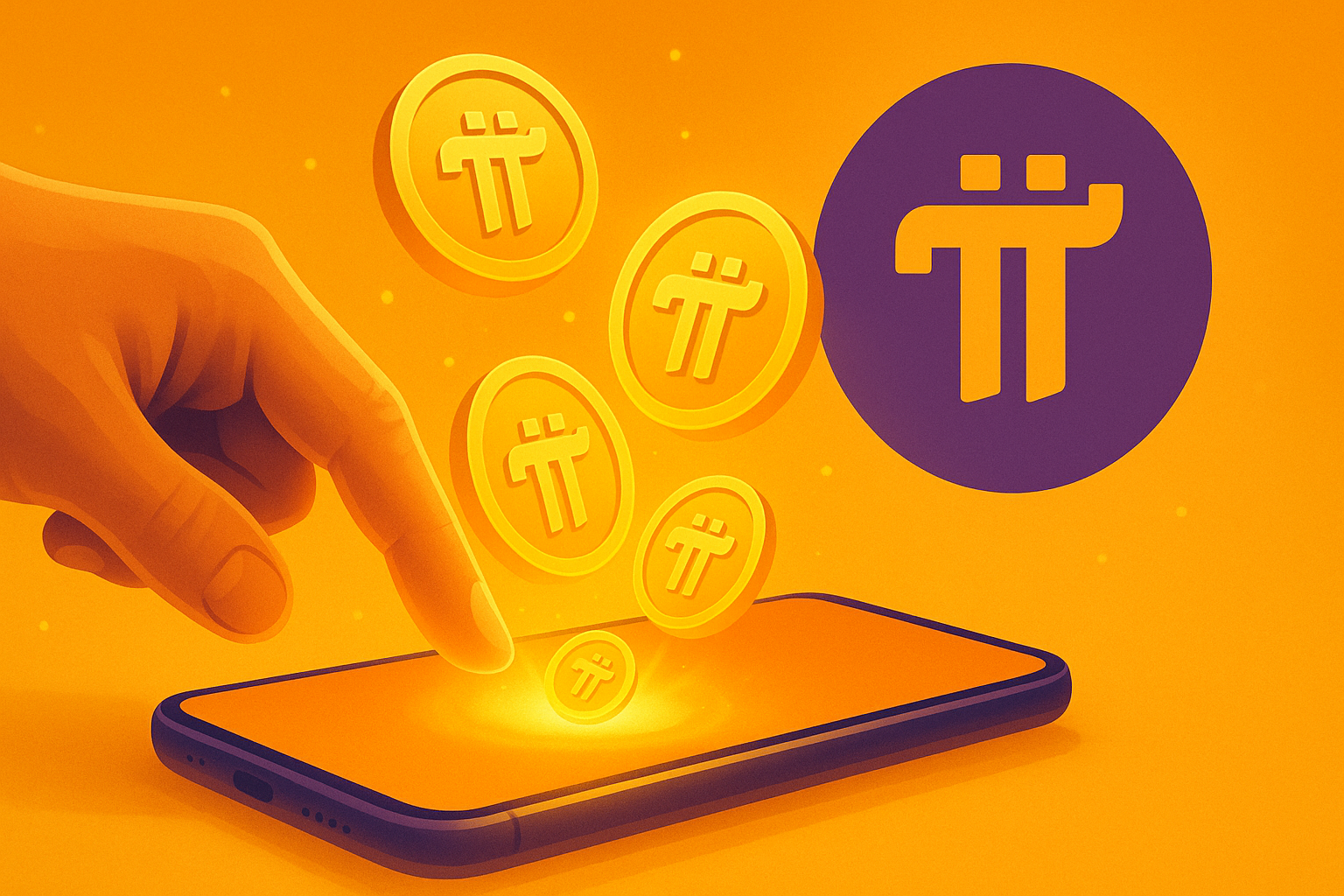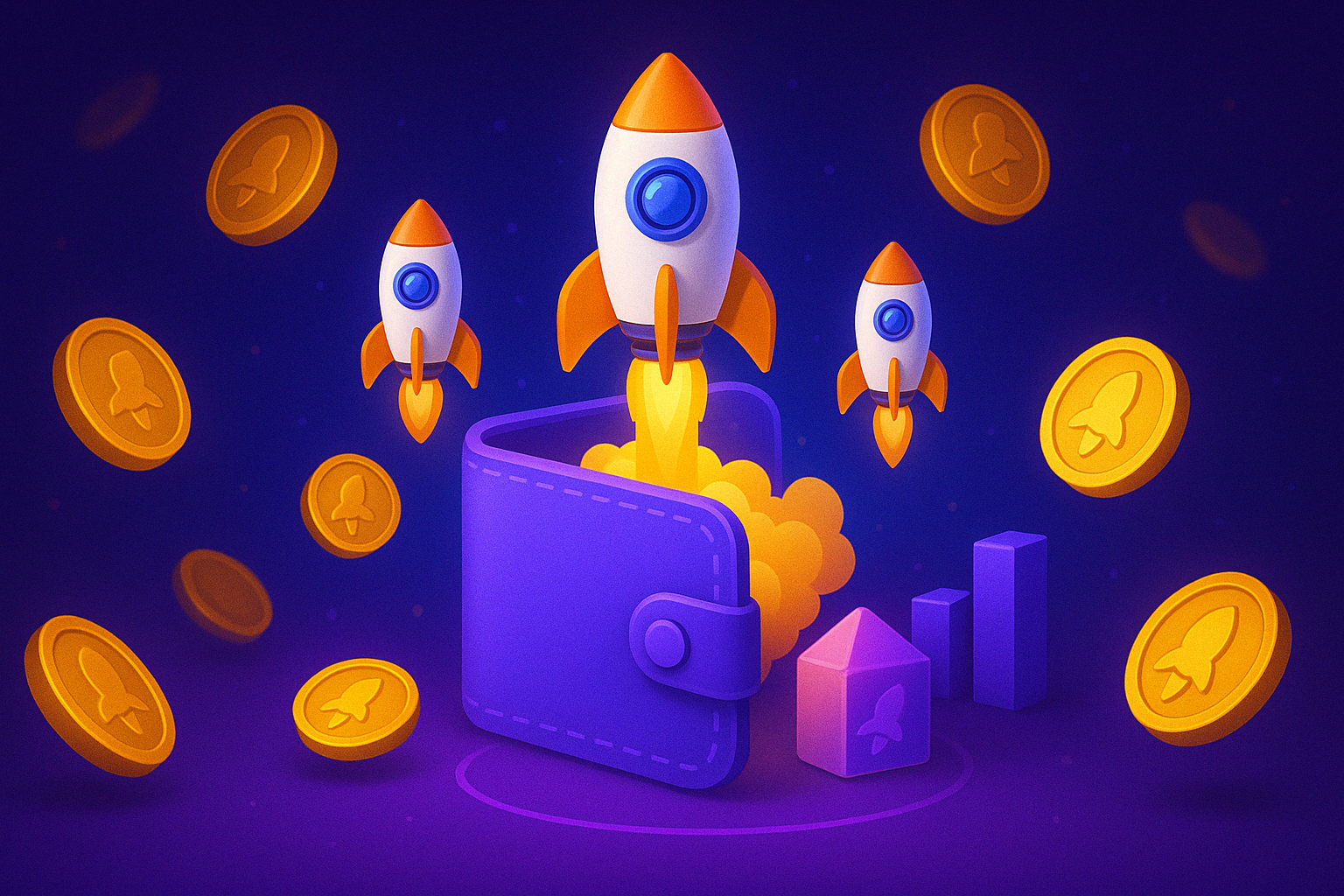After years of speculation, hype, and harsh market corrections, Web3 gaming in 2025 is beginning to mature into a real industry. What once looked like a gold rush of low-effort play-to-earn titles is now evolving into a complex ecosystem of tokenized economies, player ownership, and interoperable identities.
The big question in 2025 isn’t “Will Web3 gaming go mainstream?” — it’s how, and which models will lead the way.
What Is Web3 Gaming?
At its core, Web3 gaming brings blockchain technology into the world of video games. It allows players to truly own their in-game assets (like skins, weapons, or currencies) as NFTs or tokens stored on decentralized networks. Instead of renting access to game content, players in Web3 become active participants in the game economy — often with the ability to trade, earn, or stake their assets.
Web3 gaming also opens the door to decentralized governance, cross-platform avatars, and new monetization models that empower both developers and players.
Play-to-Earn Evolves — And Diversifies
During the last crypto bull run, Play-to-Earn (P2E) dominated headlines. Games promised players real-world income just for logging in and clicking a few buttons. At first, it felt revolutionary — gamers finally had a way to monetize their time. But it didn’t take long for the cracks to show. Most P2E ecosystems were built on inflationary tokens with no long-term demand. As rewards poured in, token prices plummeted, and players quickly realized they were participating in unsustainable economies.
Fast forward to 2025, and the industry has learned some hard lessons. Instead of a one-size-fits-all model, we’re now seeing the rise of more sustainable, diverse gaming economies that emphasize real utility, player agency, and long-term engagement.
Let’s break down the four dominant models:
- Play-and-Earn: This model still rewards players, but it’s tied more closely to in-game performance, competition, or meaningful contributions. Instead of passive grinding, players earn through skill-based mechanics or achievements. A great example is Illuvium, where competitive gameplay and exploration drive actual value, not endless farming.
- Play-to-Own: Here, the emphasis shifts from token rewards to owning valuable assets. Players might earn unique NFTs, characters, or land parcels that can be traded or staked. Big Time, for instance, allows players to collect rare in-game cosmetics that have real scarcity and marketplace value.
- Play-to-Access: This model rewards players not with tokens or NFTs, but with access — to gated content, exclusive communities, or high-tier features. Think of it as an “experience layer” that’s token-gated. Games like Aurory are experimenting with this, offering early access and perks to holders of specific NFTs or staked tokens.
- Play-to-Invest: Perhaps the most innovative evolution of all. This model gamifies investment — allowing players to unlock early-stage crypto opportunities through gameplay. A prime example is The Last Dwarfs, a Telegram-based Web3 game where users mine $TLD tokens by playing and use those tokens to gain access to new project launches, private allocations, or staking rewards.
Together, these models mark a significant departure from the unsustainable Play-to-Earn hype of 2021. In 2025, the future of Web3 gaming isn’t about handing out rewards — it’s about building ecosystems where gameplay, ownership, and investment coexist in a more balanced and engaging way.
Interoperability and Identity in Web3 Games
In traditional games, your progress, skins, and characters stay locked in a single ecosystem. Web3 is changing that. Interoperability — the ability to use a single wallet, asset, or avatar across multiple games — is becoming a core focus for developers.
With identity standards like ERC-6551 (token-bound accounts) and protocols like Lit or Lens, players can carry their reputation, items, and even social history across platforms. That means your NFT sword in one RPG might show up in a completely different game universe — or your clan loyalty could follow you from Discord to Telegram to on-chain arenas.
This “multiverse” of identity and ownership is still in its early stages, but in 2025, it’s already being tested and built.
Tokenized Economies Are Getting Smarter
In the early days, most Web3 games had simple tokenomics — one in-game token and maybe some NFTs. Now, we’re seeing the rise of multi-token economies, stablecoin integration, and DAO governance models.
Modern Web3 games might have:
- A utility token for gameplay and crafting
- A governance token for voting on updates
- NFTs representing land, characters, or abilities
- Support for real-world assets (RWAs) and stablecoins for marketplace stability
This makes game economies more resilient — but also more complex. The key in 2025 is striking a balance between flexibility and simplicity.
UX: The Final Frontier
A major hurdle for Web3 gaming has always been user experience. Wallets, gas fees, and confusing interfaces pushed away casual players. In 2025, this is finally changing.
Thanks to account abstraction, gasless transactions, and mobile-friendly Layer 2s, players can now log in with Telegram or Google, sign transactions with a single click, and play on their phones — all while staying fully on-chain.
Projects building mini-apps inside Telegram or WeChat are leading the way, helping onboard the next 100 million users with frictionless design.
Social Gaming, Referrals & Clans
Social dynamics are becoming central to Web3 gaming. Referral-based economies, in-game guilds, and clan mechanics are being reimagined through smart contracts and Telegram bots.
Games are also incentivizing group missions, social media engagement, and even content creation — all tied into token rewards. This transforms every player into both a participant and a promoter of the ecosystem.
What’s Still Missing?
Despite the progress, Web3 gaming in 2025 still faces challenges:
- Regulation around digital assets and in-game earnings is murky
- Onboarding traditional gaming studios remains slow
- Some token economies still lean on unsustainable mechanics
But with improved tech stacks, better game design, and real utility driving token value, the foundation for long-term success is finally here.
Final Thoughts: Is 2025 the Breakout Year for Web3 Gaming?
Web3 gaming isn’t just surviving in 2025 — it’s evolving. From speculative P2E hype to real economies and investment opportunities, the sector is slowly finding its identity. Whether it’s Play-to-Invest, interoperable avatars, or sustainable in-game DAOs, this is a new kind of gaming ecosystem — one that rewards players not just with fun, but with ownership and opportunity.
What to Read Next
- Why Web3 Games Could Onboard the Next 100M Crypto Users
- Top Trends in Web3 Gaming: From Ownership to Gamified DeFi
- Crypto Narratives 2025: Top Themes That Could Drive the Market











